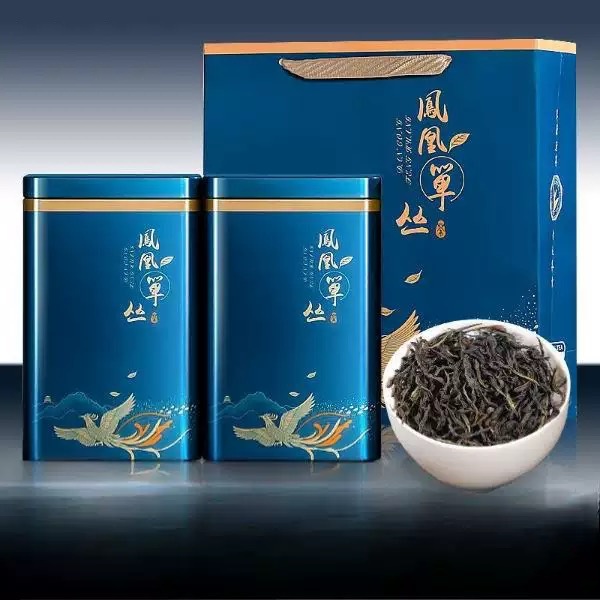
# Exploring the Diverse World of Oolong Tea Varieties
## Introduction to Oolong Tea
Oolong tea, also known as wulong tea, is a traditional Chinese tea that falls somewhere between green and black tea in terms of oxidation. This semi-oxidized tea offers a wide spectrum of flavors, aromas, and appearances, making it one of the most diverse categories of tea in the world.
## Main Categories of Oolong Tea
### 1. Lightly Oxidized Oolongs (10-30% oxidation)
These oolongs are closer to green tea in character, with fresh, floral, and sometimes creamy notes. They typically come from high mountain regions in Taiwan.
### 2. Moderately Oxidized Oolongs (30-50% oxidation)
This category represents a balance between floral and roasted characteristics, often with fruity notes. Many famous Chinese oolongs fall into this range.
### 3. Heavily Oxidized Oolongs (50-70% oxidation)
These teas approach black tea in their oxidation level, offering deeper, richer flavors with honeyed or caramel notes while maintaining oolong’s characteristic complexity.
## Famous Oolong Tea Varieties
### Tie Guan Yin (Iron Goddess of Mercy)
Originating from Anxi in Fujian province, this famous oolong is known for its orchid-like aroma and smooth, sweet taste. It’s typically lightly oxidized and lightly roasted.
### Da Hong Pao (Big Red Robe)
One of the most famous and expensive teas from Wuyi Mountain, this heavily oxidized oolong offers complex mineral and roasted flavors with a long-lasting aftertaste.
### Dong Ding Oolong
A classic Taiwanese oolong from Nantou County, Dong Ding is known for its balanced oxidation and moderate roasting, producing a tea with both floral and toasty notes.
### Oriental Beauty (Bai Hao Oolong)
This unique Taiwanese tea is partially eaten by leafhoppers before harvest, resulting in a naturally sweet tea with honey and ripe fruit characteristics.
## Regional Differences in Oolong Production
### Fujian Province Oolongs
The birthplace of oolong tea, Fujian produces both the famous Anxi Tie Guan Yin and the Wuyi Mountain rock teas (yancha), each with distinct characteristics.
### Guangdong Province Oolongs
Phoenix Mountain in Guangdong is famous for its Dan Cong oolongs, single-bush teas known for their incredible aromatic complexity, often resembling fruits or flowers.
### Taiwanese Oolongs
Taiwan produces some of the world’s finest high mountain oolongs, with Alishan, Lishan, and Shanlinxi being among the most famous growing regions.
## Brewing Oolong Tea
To fully appreciate the diversity of oolong teas, proper brewing is essential. Most oolongs benefit from:
– Using spring water at about 90-95°C (194-203°F)
– Short steeping times (30 seconds to 2 minutes)
– Multiple infusions (high-quality oolongs can often be brewed 5-8 times)
## Health Benefits of Oolong Tea
Like other teas, oolong offers numerous health benefits:
Keyword: Oolong Tea Varieties
– Contains antioxidants that may help combat free radicals
– May support weight management and metabolism
– Could help regulate blood sugar levels
– Contains L-theanine, which promotes relaxation without drowsiness
## Conclusion
The world of oolong tea is incredibly diverse, offering something for every palate – from light and floral to dark and roasted. Exploring different oolong varieties can be a lifelong journey of discovery, with each cup offering new flavors, aromas, and experiences. Whether you’re a tea connoisseur or a curious beginner, there’s always a new oolong variety waiting to be discovered.